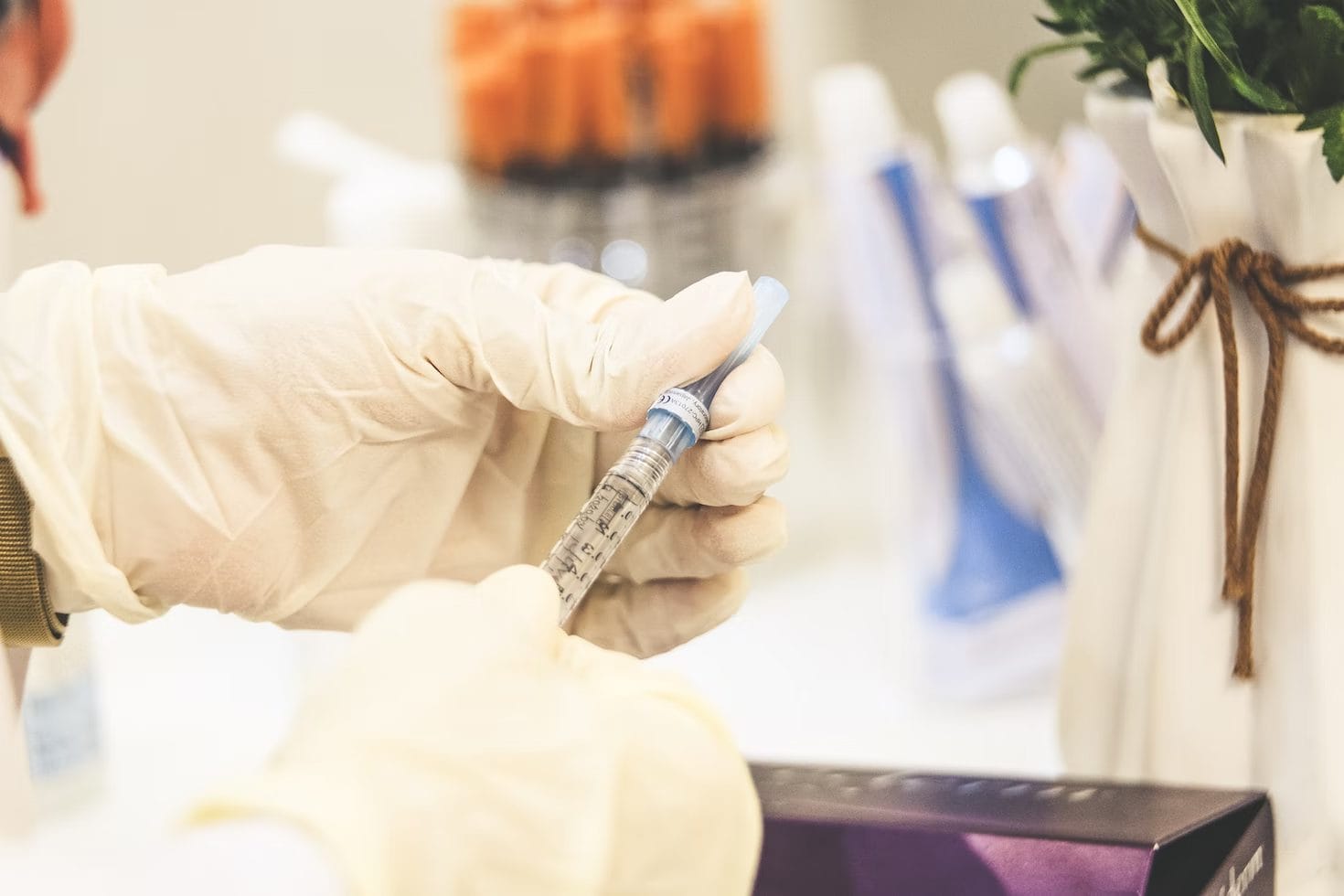Photo: Unsplash
The demand for Botox treatments is continuously growing, with many people turning to this cosmetic procedure for a more youthful and rejuvenated appearance. Within the next few years, the total market is set to nearly triple in size, reaching over $15 million in value.
While botox is relatively low-risk, adequate preparation ensures a successful appointment and long-term satisfaction with the results. Given the high costs associated with treatment, doing everything possible to ensure a safe, successful experience is imperative. Here, we’ll give you everything you need to know when preparing for your first botox treatment.
Understanding Your Procedure and Setting Realistic Expectations
Botox works by temporarily blocking nerve signals to the muscles in the treated area. This causes the muscles to relax, resulting in smoother, less wrinkled skin. The treatment is most commonly used to address fine lines and wrinkles in areas such as your forehead, crow’s feet around your eyes, and frown lines between your eyebrows.
Botox may also be used to treat excessive sweating, migraines, or muscle spasms in some instances. Some people use it for hair treatment or lip augmentation, but these are considered off-label uses and not typically covered by insurance. Having realistic expectations increases your likelihood of being content with your results. Here are a few things to expect when having botox:
- Botox is not a permanent solution. While the results can be impressive, the effects are temporary, typically lasting between three to six months.
- The full effects of the procedure may take days or weeks to become visible. Most patients begin to notice improvement within three to five days, with the maximum effect typically visible after 10 to 14 days.
- Botox is more effective at treating dynamic wrinkles, which are formed by muscle movement, as opposed to static wrinkles, which are present even when your face is at rest
- These treatments may not be able to address deep wrinkles and folds. For more severe cases, dermal fillers may need to be used instead.
Choosing a Qualified and Experienced Practitioner.
Finding the right Botox provider can be the difference between a stellar experience and a complete disaster. Look for a board-certified dermatologist or plastic surgeon who specializes in facial aesthetics and has extensive experience administering Botox injections. Board certification indicates that the practitioner has undergone rigorous training and adheres to the highest standards of patient care.
To find the right practitioner, start with referrals from friends, family members, or your primary care physician. Online reviews and testimonials can also provide valuable insights into a practitioner’s reputation, patient satisfaction, and the overall quality of their work. Once you’ve narrowed your options, book multiple consultations to evaluate each one before deciding.
Pre-Appointment Health and Lifestyle Considerations
You should abstain from alcohol for at least 24 hours prior to the procedure as it can thin the blood, increasing the risk of bleeding or bruising around the injection sites. You’ll also want to avoid taking any medications that increase your risk of bleeding, including ibuprofen (Advil) and naproxen sodium (Aleve), as well as fish oil and vitamin E supplements. Steer clear of any facial treatments for a minimum of two weeks before your appointment as well. This includes anything from chemical peels to waxing, threading, or laser hair removal.
Pre-Treatment Skincare
The days leading up to treatment, a gentle skincare routine is critical, as this will help reduce the risk of infection and ensure your skin is in optimal condition for the procedure. Avoid any products that are abrasive, like scrubbing agents or exfoliants, as these can increase irritation and redness and can potentially interfere with the results of your treatment. Stick to a gentle cleansing routine and moisturizer only.
Tips for the Day of Your Appointment
On the day of your Botox appointment, use the following tips to get the most out of your experience:
- Stay hydrated and limit caffeine intake before your treatment
- Avoid wearing makeup or jewelry to minimize the risk of contamination
- Wear comfortable clothes that allow easy access to injection sites
- Arrive at least 15 minutes early, as this will allow you to ask any last-minute questions and review your consent forms, if applicable
- Make sure to bring a list of any medications you take regularly
- Bring sunglasses in case your eyes are sensitive after treatment
Post-Treatment Care for Optimal Results
After treatment, you can expect the following side effects:
- Bruising, redness, and swelling around the injection sites
- Headache
- Nausea
- Flu-like symptoms
- Temporary eyelid droop (rare)
To help ensure your results last as long as possible and to reduce the risk of complications, follow these post-treatment tips:
- Avoid touching the injection sites
- Avoid lying down for four hours after treatment
- Don’t take ibuprofen, naproxen sodium, or fish oil supplements
- Stay out of direct sunlight and saunas
- Apply ice packs to the injection site if you need to
Endnote
Proper preparation goes a long way in ensuring optimal Botox results. Following the tips discussed above can help you set yourself up for success and get the most out of your treatment experience. If you have any further questions or concerns, don’t hesitate to discuss them with your provider.
The Editorial Team at Healthcare Business Today is made up of skilled healthcare writers and experts, led by our managing editor, Daniel Casciato, who has over 25 years of experience in healthcare writing. Since 1998, we have produced compelling and informative content for numerous publications, establishing ourselves as a trusted resource for health and wellness information. We offer readers access to fresh health, medicine, science, and technology developments and the latest in patient news, emphasizing how these developments affect our lives.








